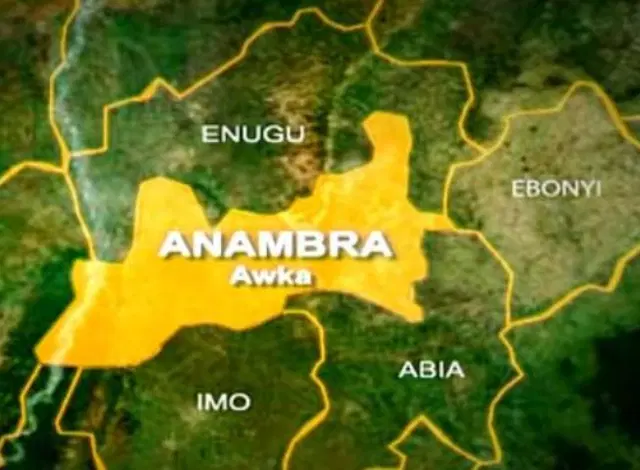Anambra State is grappling with an escalating environmental emergency as active erosion sites across the state have now exceeded 1,000, making it one of the most erosion-prone regions in Africa.
Governor Chukwuma Soludo had initially disclosed in 2022 that the state had over 950 active erosion sites. By 2025, the figure had risen, according to the Commissioner for Environment, Engr. Felix Odimegwu, who revealed the updated statistics while unveiling the state’s plans for World Earth Day in Awka.
The worsening situation is evident across numerous local government areas. In Amanuke, Awka North, a rapidly expanding gully is threatening the fence of the General Hospital and nearby residential homes. In Nnewi North and South, multiple communities are also contending with deepening erosion that has already consumed homes and farmlands. Agulu, Nanka, and Oko in Orumba North are among the hardest hit and are regarded as the epicenters of gully erosion in the state.
The Federal Polytechnic, Oko, is under serious threat as parts of its perimeter fence have already collapsed due to erosion, with nearby academic buildings now at risk.

Erosion-related incidents have claimed lives, destroyed property worth millions of naira, and rendered large expanses of farmland unusable. Despite these setbacks, environmental practices such as illegal excavation, poor waste disposal, and the blocking of drainage systems by residents continue to worsen the crisis.
While the Anambra State Government, in partnership with the Nigeria Erosion and Watershed Management Project (NEWMAP), has invested heavily in remediation, the impact of unchecked human activity continues to undermine these efforts.
Officials are calling for urgent behavioral change and stronger environmental regulations. The government is also urging religious, traditional, and community leaders to support ongoing campaigns to safeguard the state from further environmental degradation.
There are renewed calls for legislation to curb harmful practices and prevent the emergence of new erosion sites, as the state races against time to reclaim threatened lands and protect lives.



